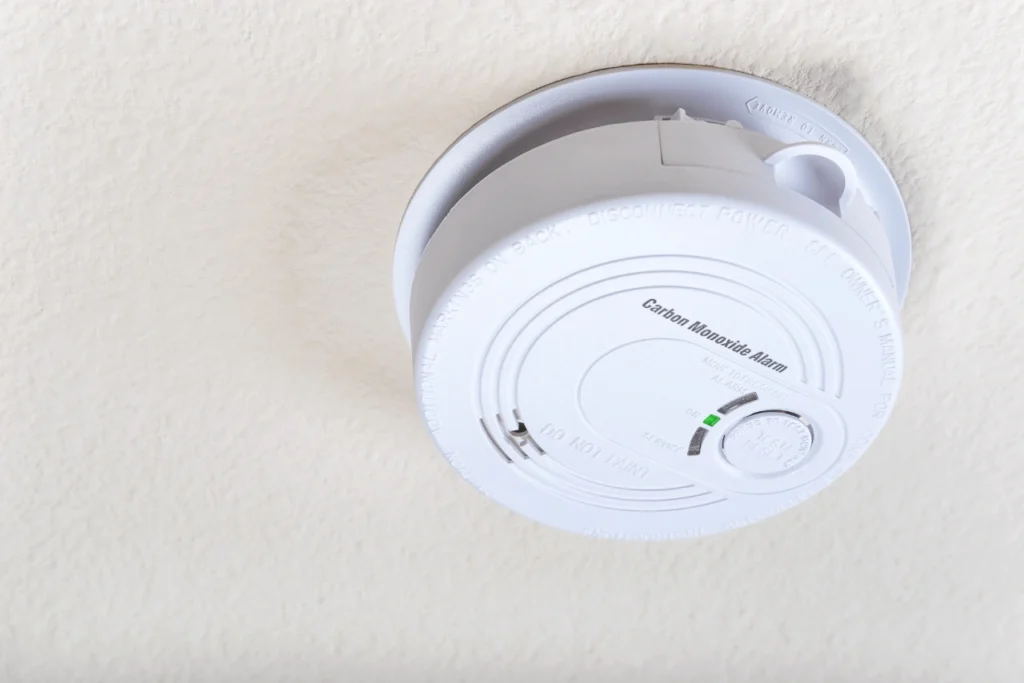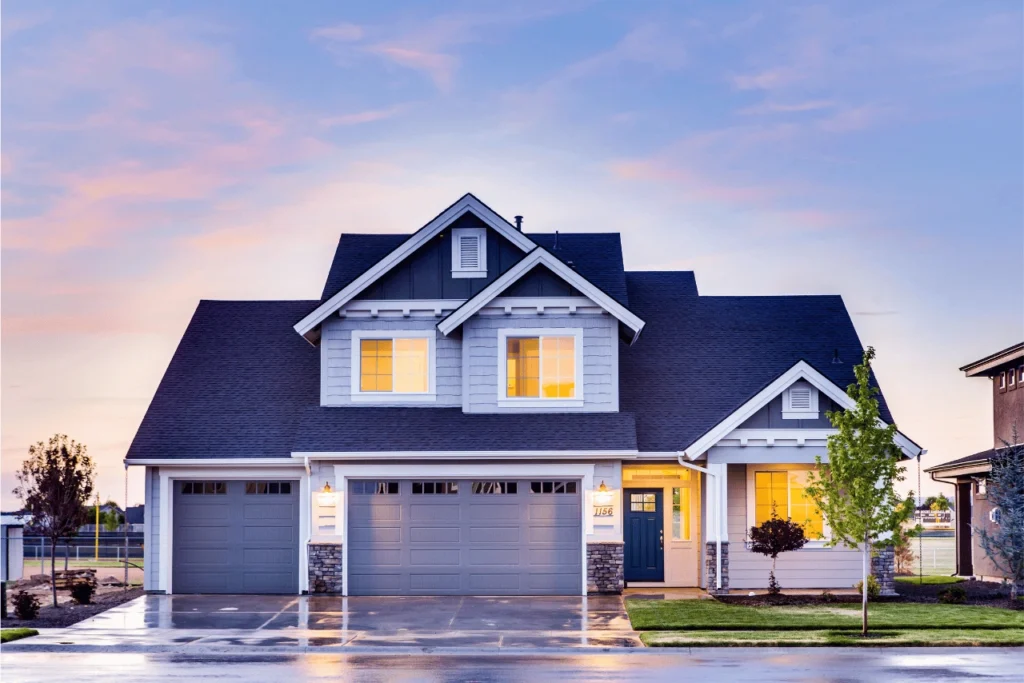
As winter temperatures dip, carbon monoxide safety in Arizona becomes a major concern for homeowners. Carbon monoxide (CO) is a colorless, odorless, and tasteless gas that can be deadly when inhaled in large quantities. Known as the “silent killer,” it’s undetectable without specialized alarms. Fortunately, with the right tools and habits, you can protect your family from this invisible threat.
Here are five essential steps to ensure carbon monoxide safety in Arizona homes:
1. Install Carbon Monoxide Alarms
The first line of defense is installing carbon monoxide alarms on every level of your home, especially near sleeping areas. In Arizona, gas-powered heating systems and fireplaces are common during colder months. These alarms can alert you to dangerous CO levels before symptoms begin.
Test each alarm monthly and change batteries during daylight saving time. Replace your alarms every 7–10 years for best performance.
Tip: Choose alarms that combine smoke and carbon monoxide detection for added protection.
Learn more from the U.S. Fire Administration
2. Clean Your Carbon Monoxide Detectors
Keeping detectors clean is crucial for reliable performance. Over time, dust can block sensors, leading to false alarms or device failure. Here’s how to clean them safely:
Gently vacuum with a soft brush attachment once a month.
Wipe the casing with a microfiber cloth.
Avoid using water, sprays, or chemicals.
Keep them clear of vents, fans, or humid areas.
By maintaining your detectors, you strengthen your home’s carbon monoxide safety in Arizona.
3. Use Fuel-Burning Devices Safely
Fuel-burning appliances—such as furnaces, fireplaces, generators, or stoves—can all emit CO if misused. Never use a gas stove to heat your home. Always operate portable generators outside, far from windows and doors. During Arizona’s monsoon season, sudden rain can affect ventilation, so be extra cautious.
4. Schedule Regular Maintenance
Proper maintenance is essential. Hire a licensed technician to inspect and service fuel-burning systems annually. This includes your water heater, furnace, fireplace, or stove. Leaks or blockages in exhaust vents can be dangerous, especially when homes are tightly sealed in the winter.
Incorporating yearly inspections greatly improves carbon monoxide safety in Arizona households.
5. Ensure Good Ventilation
Ventilation helps prevent CO buildup indoors. Keep exhaust vents clear of debris. If you use a gas dryer or fireplace, ensure the area is well-ventilated. Open a window slightly during use if needed. This is especially important when homes are closed tightly for heat during Arizona’s cooler months.
Bonus Step: Create a Carbon Monoxide Emergency Plan
If your alarm sounds, leave the home immediately. Call 911 from a safe location and do not re-enter until professionals give the all-clear. Symptoms like dizziness, headache, and nausea can come on quickly—never ignore your alarm.
Create a family escape plan and practice it twice a year. Make sure everyone in your household knows the signs of CO poisoning.
Visit the CDC’s carbon monoxide safety page for more emergency prevention tips.
Want to Learn More?
Your insurance coverage can also play a big role in your home’s protection. If CO exposure causes injury or property damage, having the right policy helps you recover quickly. Contact one of our local agents to review your homeowners policy today.
Check out these related articles for more tips on home safety:
Final Thoughts on Carbon Monoxide Safety in Arizona
Staying safe starts with preparation. Whether it’s installing alarms, cleaning detectors, or maintaining appliances, every action matters. By following these steps, you can protect your home and family and improve carbon monoxide safety in Arizona year-round.


